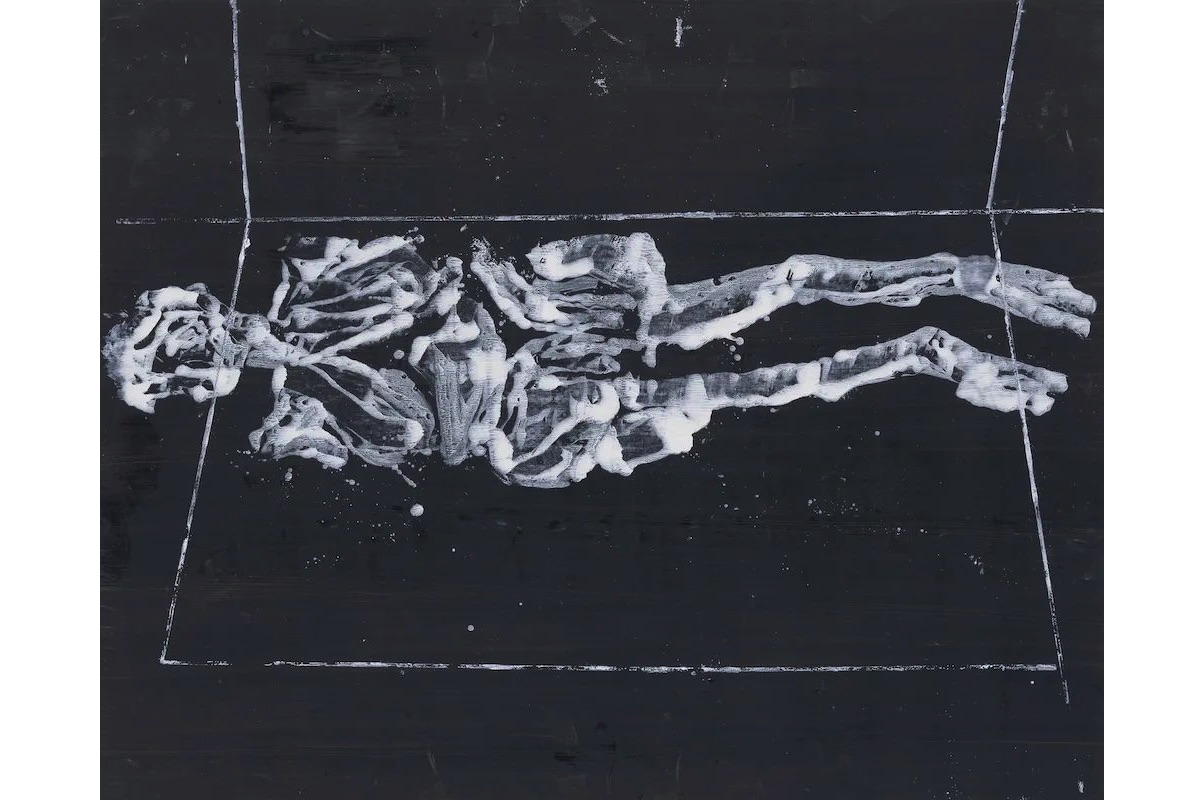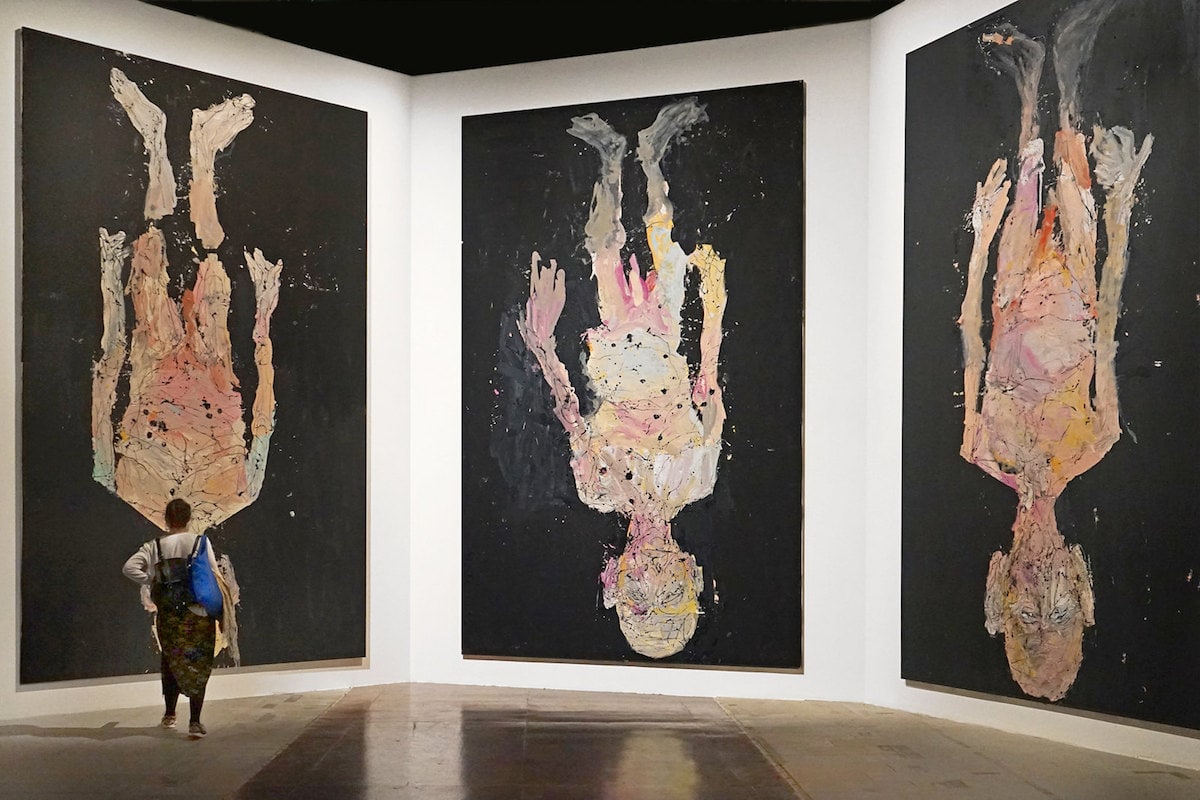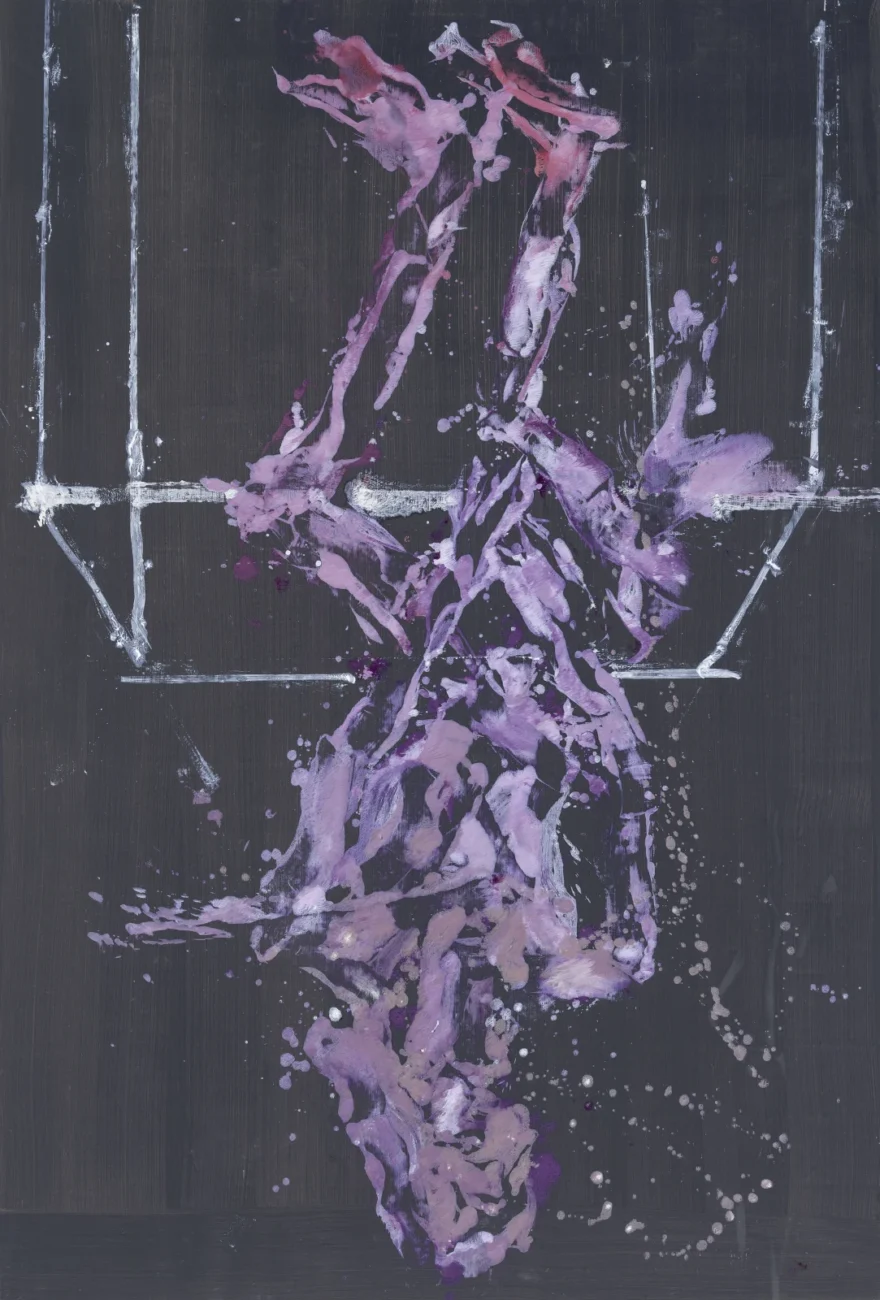


Georg Baselitz counts Willem de Kooning and Philip Guston among his key influences, and is known for his uncompromising approach and critical stance. In 1969, he began to compose his images upside down to slow the processes of making, looking, and comprehending. This inversion would become a distinctive characteristic of his painting and artistic identity.
Baselitz explained this intriguing gesture as a way of testing the limits between figuration and abstraction. He found it very important not to create anecdotal or descriptive paintings, as some figurative paintings can be. On the other hand, he disliked the subjectivism of abstract art. The inversion of his paintings seemed to him to be the perfect compromise.
“Women don’t paint very well”. And according to him, there is a simple explanation: to be a painter of quality requires a certain amount of brutality, a quality specific to the male gender.
“I was born into a destroyed order, a destroyed landscape, a destroyed people, a destroyed society. And I didn’t want to reestablish an order: I had seen enough of so-called order. I was forced to question everything, to be ‘naive’, to start again.”
—— Georg Baselitz
reflection
+ i love the idea of his process of working upside-down, a disorientated way to paint disorientated subjects, yet we see degeneration, sadness, illness and death, and discovering love, tenderness, admiration and beauty…
+ i would like to experiment with painting upside-down/function with my unusual hand/eyes closed / even holding my breath. to feel a strong sense of “existence” and presence…
https://www.tate.org.uk/art/artists/georg-baselitz-699
https://gagosian.com/artists/georg-baselitz/
